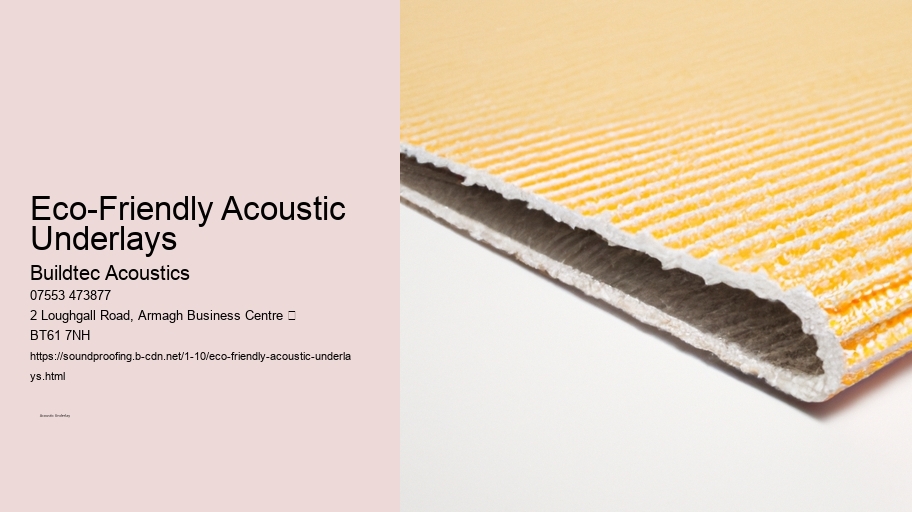

When discussing soundproofing methods, acoustic underlays are a reliable option for reducing noise pollution, enhancing room acoustics, and creating a quieter atmosphere. Buildtec Acoustics offers a wide range of acoustic underlays that are specifically designed to address both airborne and impact noise, making them ideal for a variety of flooring applications such as wood flooring, ceramic tiles, and laminate flooring. Acoustic underlays help absorb these sounds, resulting in better room acoustics.
Most underlays come in sheet or roll form and can be cut to size using simple tools like a utility knife. cement In residential buildings, whether in a semi-detached house or an apartment, acoustic underlays are often installed under laminate flooring, hardwood, or carpets to reduce noise transmission through walls, ceilings, and stairs.
This allows consumers to achieve their preferred aesthetics without sacrificing soundproofing performance. Looking to dampen noise in your office then use acoustic underlay under your floor. The materials used in acoustic underlays, such as foam, cork, and natural rubber, are highly effective at reducing vibrations and controlling noise.
During renovations, installing acoustic underlays can significantly enhance the acoustic properties of existing floors, whether in residential or commercial settings. Acoustic underlays operate by absorbing and dissipating sound energy, which reduces noise transmission through floors.
This allows consumers to achieve their preferred aesthetics without sacrificing soundproofing performance. Impact noise occurs from activities such as walking, moving furniture, or using appliances like washing machines, while airborne noise includes sounds like conversations, music, and television. These options promote environmentalism by reducing the reliance on virgin materials and lowering overall pollution.
Materials used in acoustic underlays, including foam, cork, and natural rubber, are highly effective in reducing vibrations and controlling noise. Adhesive or double-sided tape can be used to secure the underlay in place, while ensuring tight seams between pieces to prevent gaps that could reduce performance.
The choice of acoustic underlay depends on the type of noise that needs to be managed. Impact noise occurs from activities such as walking, moving furniture, or using appliances like washing machines, while airborne noise includes sounds like conversations, music, and television.
Environmental considerations are a key aspect of acoustic underlay design. This aspect is particularly important in multi-story buildings where different floors are connected through walls and joists, making noise control a priority.
How acoustic underlays can help isolate vibrations in buildings.

Posted by Francis Mckenna on
Using acoustic underlays to enhance soundproofing during renovations.
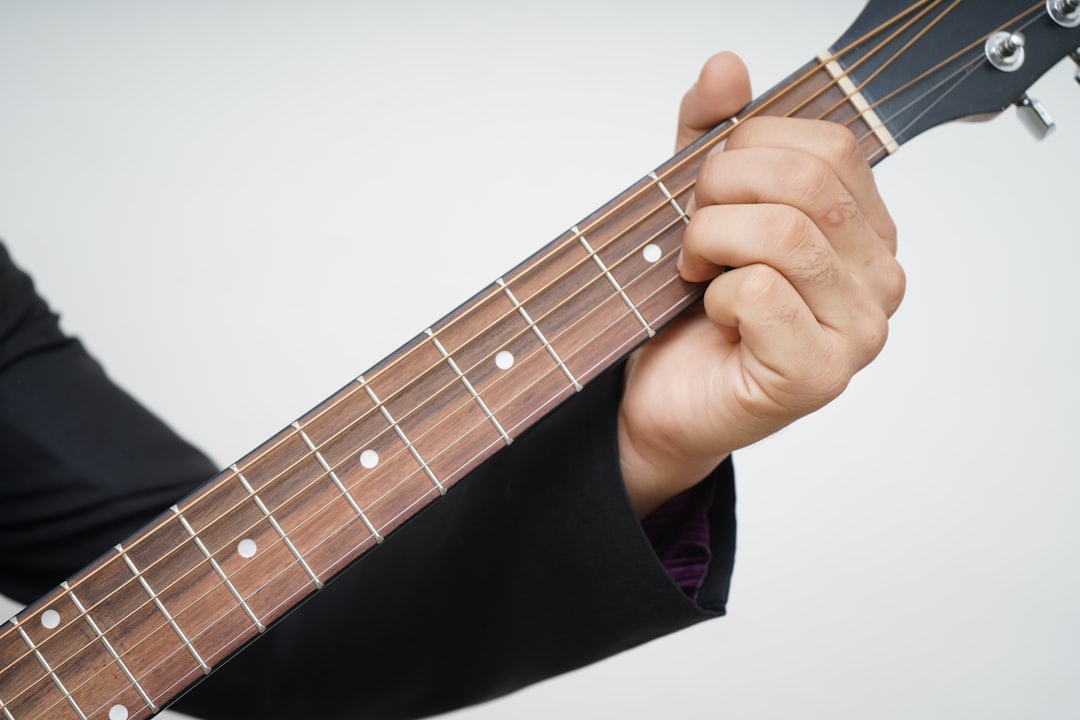
Posted by Francis Mckenna on
Are acoustic underlays compatible with underfloor heating systems?

Posted by Francis Mckenna on
By choosing the appropriate product for the specific noise control requirement, homeowners and businesses can create a quieter, more comfortable environment. Impact noise occurs from activities such as walking, moving furniture, or using appliances like washing machines, while airborne noise includes conversations, music, and television. Airborne noise, such as music or conversations, can be reduced by choosing underlays with higher sound transmission class ratings.
Acoustic underlays made from polyvinyl chloride (PVC) or cork are ideal choices, as they balance both thermal insulation and soundproofing requirements. Installing acoustic underlay beneath wood flooring or laminate flooring can greatly reduce noise levels in rooms.
Hard surfaces, such as hardwood and laminate, tend to amplify sounds like footsteps, which can lead to unwanted echo and reverberation.
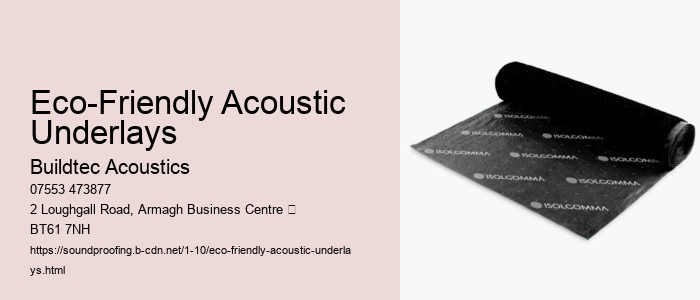

In rooms with underfloor heating, selecting an underlay with low thermal resistance allows heat to transfer efficiently without being obstructed by the soundproofing material. Impact noise results from vibrations caused by activities such as walking, moving furniture, or using appliances like washing machines. Additionally, these materials are low in volatile organic compound (VOC) emissions, which contributes to a healthier indoor environment.
With a range of materials, including cork, foam, natural rubber, and recycled fibers, Buildtec Acoustics ensures that there is an environmentally friendly and efficient product for every need. Acoustic underlays installed beneath wood or laminate flooring can significantly reduce noise levels in rooms.
Before installing an acoustic underlay, it is important to ensure that the subfloor-whether concrete, particle board, or cement-is clean, level, and dry. When considering soundproofing methods, acoustic underlays provide a reliable way to reduce noise pollution, improve room acoustics, and create a more comfortable environment.
They are particularly effective when used with materials like ceramic tiles or floating floors, providing both sound insulation and comfort underfoot. Lowering sound transmission class (STC) and impact insulation class (IIC) ratings in a building contributes to making the space more comfortable, particularly in multi-story buildings where floors are interconnected through walls and joists, making noise control a key concern.
Installing an acoustic underlay beneath carpets in office spaces can help mitigate foot traffic noise and other disturbances, improving the room's dynamics. Whether the flooring type is laminate, ceramic, or hardwood, Buildtec Acoustics offers underlays that are specifically engineered to work with the chosen material. Acoustic underlays are useful in many applications, including renovation projects.
Buildtec Acoustics offers a variety of acoustic underlays to meet different needs, including those designed for underfloor heating systems. Buildtec Acoustics offers a broad range of acoustic underlays designed to address both airborne and impact noise, providing versatile solutions for various flooring applications, including wood flooring, ceramic tiles, and laminate flooring.
For rooms with underfloor heating, selecting an underlay with low thermal resistance ensures that heat can transfer efficiently without being obstructed by the soundproofing material. This allows consumers to achieve their preferred aesthetics without sacrificing soundproofing performance.
By utilizing high mass density materials, such as crumb rubber and cork, acoustic underlays offer efficient energy use through noise control, reducing the impact of sound on occupants in adjacent rooms or units. Some underlays are certified by Leadership in Energy and Environmental Design (LEED) standards, supporting sustainable building practices.

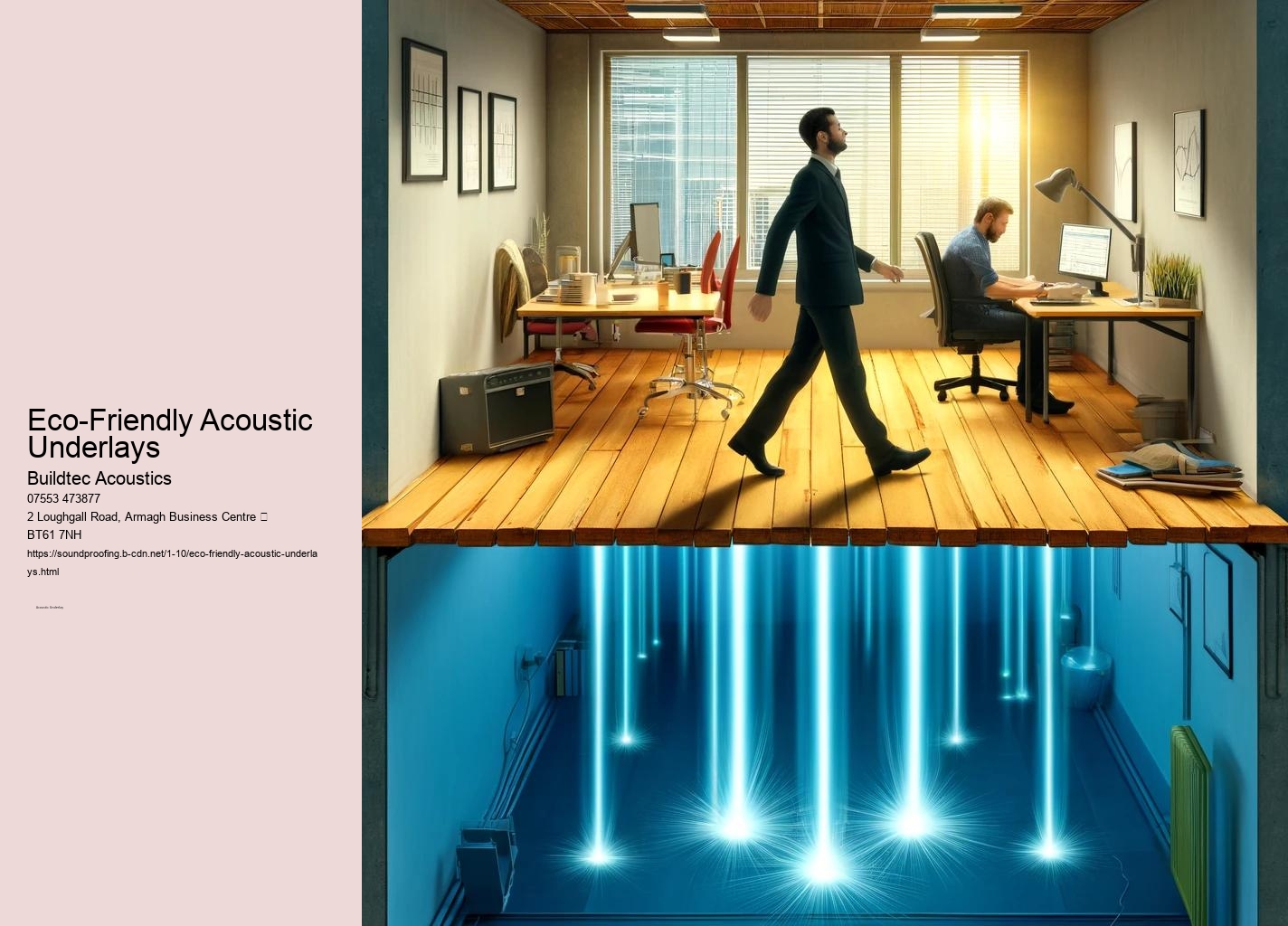
From managing noise pollution to improving energy efficiency, acoustic underlays are a versatile solution that supports both functionality and aesthetics in modern building design. Whether the flooring type is laminate, ceramic, or hardwood, Buildtec Acoustics provides underlays specifically designed to complement the chosen material. Installing acoustic underlay beneath wood or laminate flooring can significantly reduce noise levels in rooms.
Acoustic underlay is a specialized material that plays a critical role in noise control within residential and commercial spaces.
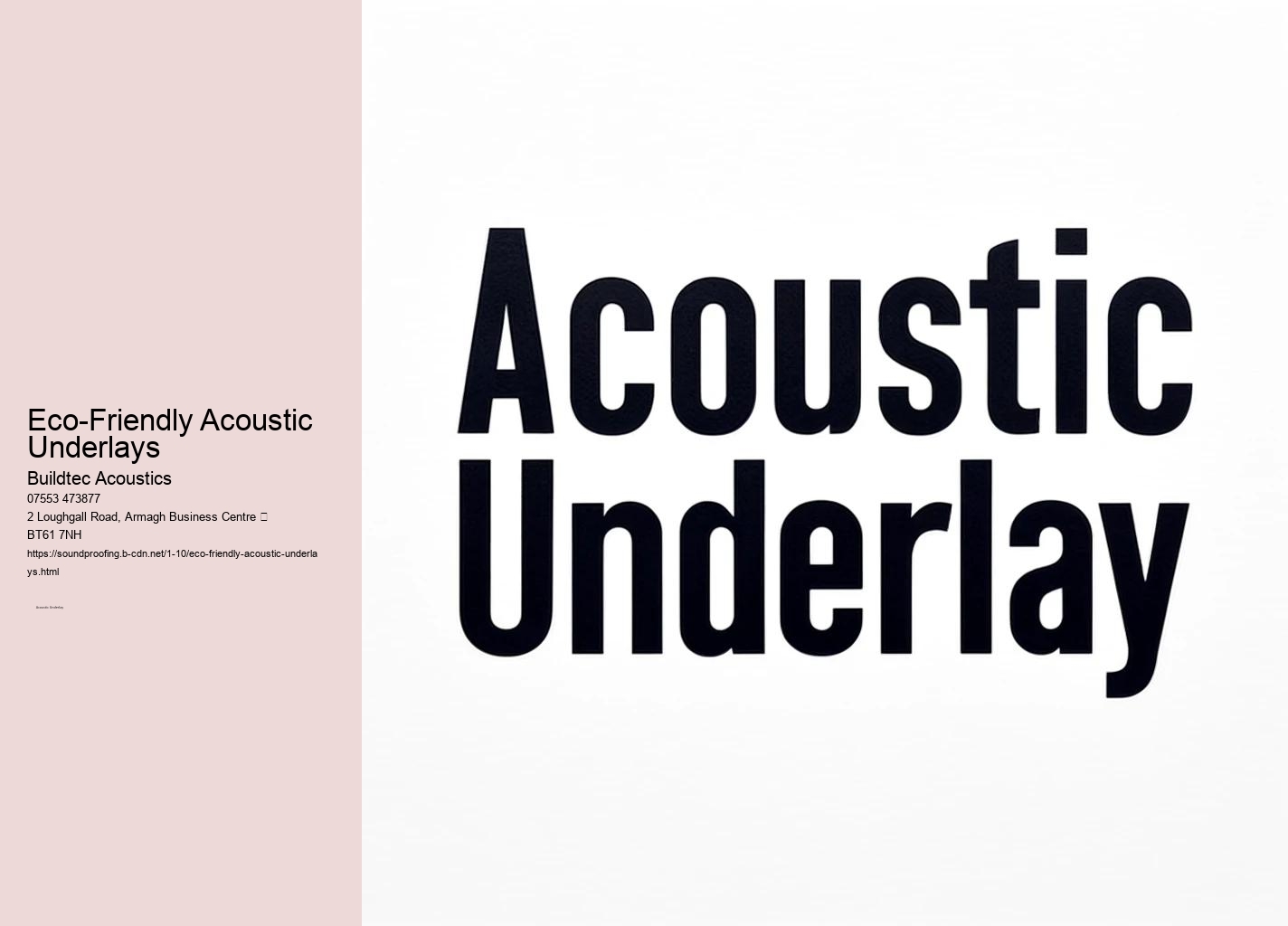
Acoustic underlays are designed to absorb the vibrations caused by impact noise, such as footsteps or moving furniture. By using high-density materials like crumb rubber or cork, these underlays effectively reduce the transmission of vibrations, leading to quieter environments.
Acoustic underlay can be installed beneath most types of flooring, including laminate, wood, and tiles. The subfloor should be clean, level, and dry before installation. The underlay is typically rolled out and cut to size, with seams tightly butted together. It can be secured with adhesive or double-sided tape if needed.
Acoustic underlays are compatible with a wide range of flooring types, including wood, laminate, carpet, and ceramic tiles. The versatility of these underlays makes them suitable for different residential and commercial applications.